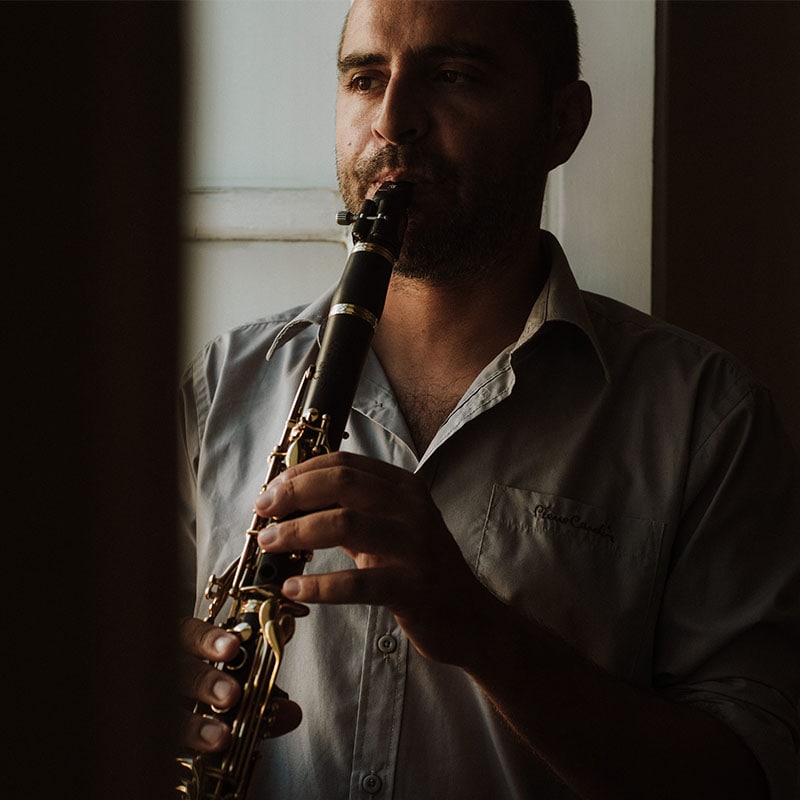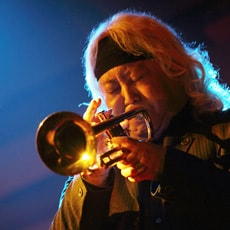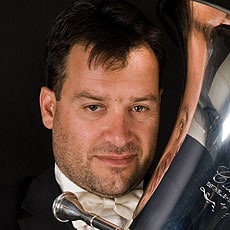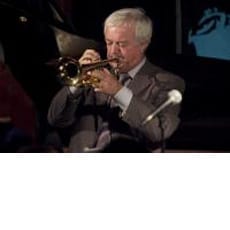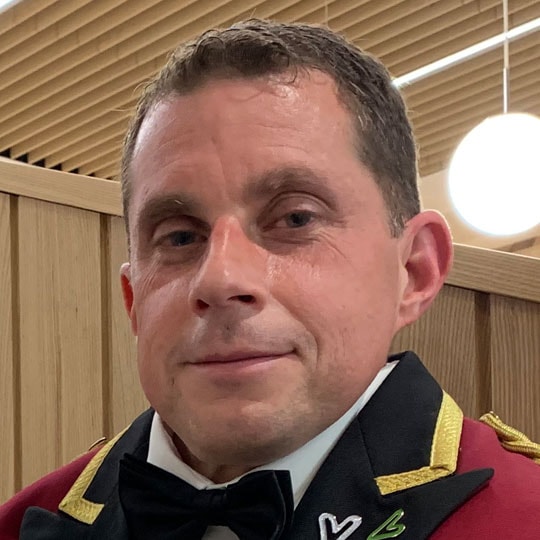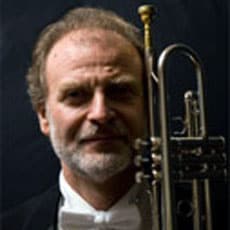Aleksandra Miletic
With a network of Artist Centres and Ateliers around the world, Yamaha works with leading players to support their performances and develop instrument designs and new ideas for the benefit of all musicians. Yamaha Artists share with us a passion for inspiring the next generation of players, and a belief that everybody should be encouraged to nurture their talent, connect with others and tell their stories through music.
Get to know Yamaha Artist and flute player Aleksandra Miletic
How does your instrument improve your daily life as a musician?
At the moment, the most important thing for me with a flute is confidence, I have to trust that its mechanics are strong and that the intonation is also perfect. I love that my instrument has a round sound with flexibility and that it allows me to express myself to the fullest. I love my Yamaha flute, it is unique to me.
How would you characterise your instrument?
I am always amazed at how the flute plays with my mind. Sometimes it seems like all I need to do is think about what I want and it's already there, inside the instrument. I can trust my flute most of the time to take me where I want to go, where I want to go.
When and how did you first come into contact with Yamaha?
The first Yamaha I tried was at the "Kobe competition" in 1993, played by a Hungarian flutist. Later, I learned that my teacher Andraš Adorjan was involved in the creation of the new Yamaha flutes and I knew that they would be very special sounding instruments.
Some time later, I went with Albert Mora, my orchestra partner, to try Yamaha flutes. He chose one that stood out among the others and I recently bought my gold flute from the same handmade series. It's amazing how only a week later I was playing the great solo from Lucia di Lammermoor the way I wanted to.
Who was your most influential teacher and is there any advice which you still follow?
I think all my teachers gave me a lot and I have a good arsenal of good advice from each of them that are helping me from the deep brain interface. J.Pierre Rampal was the god of the flute and inspired so many generations I was very lucky to have met him personally and enjoyed his master classes! I loved talking about music with Maestro Auréle Nicolet and he used to give me the longest lessons ever. He always took the time to work things through the music so that it made sense and body.
I loved the practical advice my teacher Andraš Adorjan had for all kinds of inconveniences that he solved at the drop of a hat and they are still priceless today. Sometimes it was just a matter of pressing harder on the chin or pressing lightly with the fingers towards the flute. Vicens Prats is ingenious and imaginative. He used to make us run and increase our heart rate so we could experience the excitement when we were on stage. Mrs. Ribera was my teacher in French flute technique and she gave me a lot of energy, she believed in me and my talent. Francois Veilhan was the master of air length control and skeleton building, as we often lack the tree trunk to hold on to when the head stops working under pressure.
How lucky to have the opportunity to be in the right place at the right time and learn from the best!
Advice for a young musician:
My advice to newcomers would be: if music and the instrument are your passion, then the sacrifice is worth it.
I would say that being versatile is very important nowadays for all instrumentalists; innovating with new arrangements, ensembles and bringing music to the people is what really matters. It's our way of opening the doors of the time machine and the window to the divine. It's important to really enjoy what you create and be authentic.
Don't compare yourself to others, be unique!


